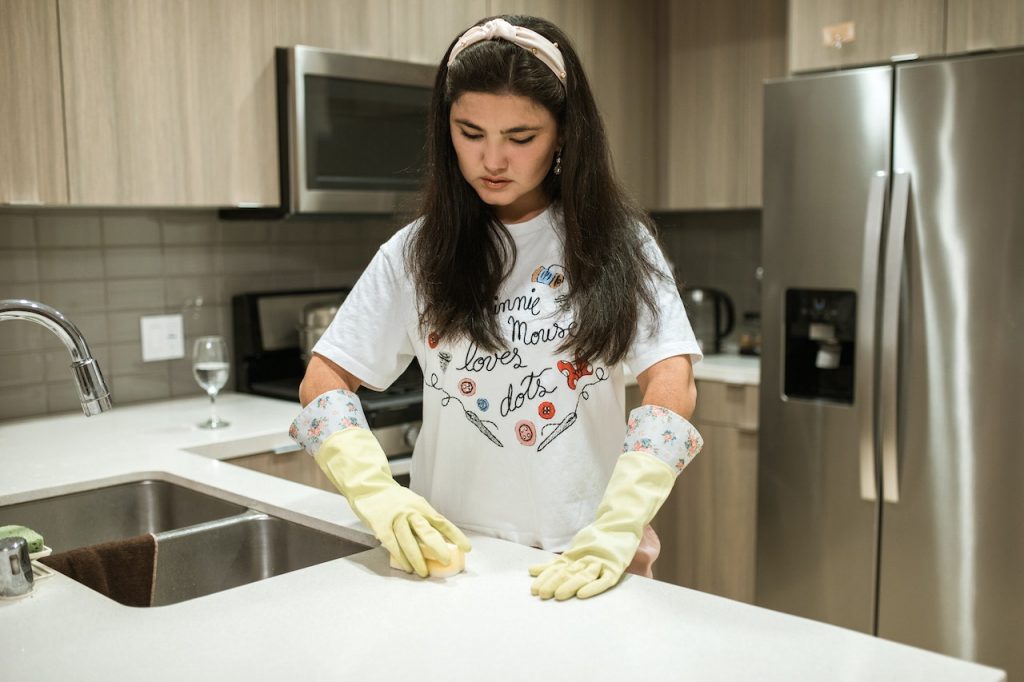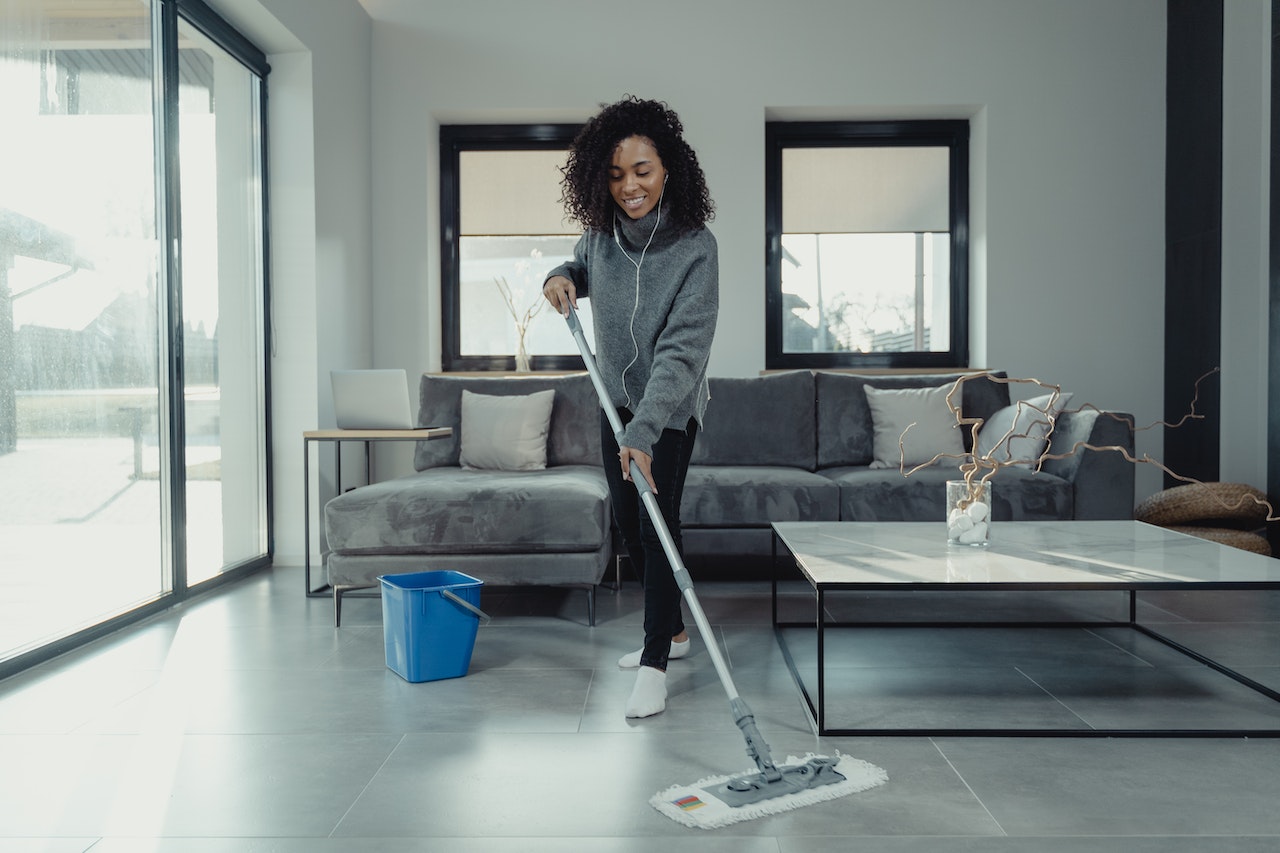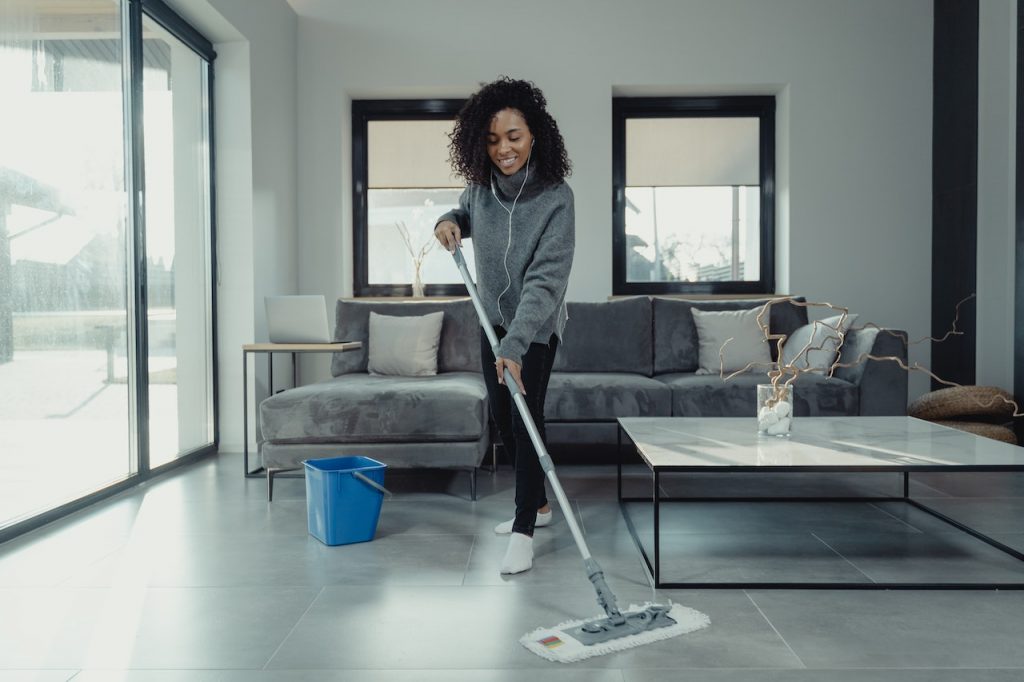Keeping a clean and healthy home doesn’t always mean just making sure it looks and smells nice. A good home maintenance routine should also include promoting cleaner air inside your home. Since a house consists of confined spaces, bacteria and contaminants can accumulate over time.
We created a practical guide with essential tips on how to improve indoor air quality, helping you create a healthier living environment.
Invest in Some Air Purifiers
One of the easiest changes you can make to improve your indoor air quality is to add air purifiers to your home. You can choose a whole-house air purifier if you have a large family.
Alternatively, small, mobile units make more sense when you live alone. You can move the air purifier with you as you go from room to room.
Did You Know? You can improve indoor air quality and keep your windows open by placing an air purifier near the open window. The device will catch contaminants as the fresh air crosses into your house.
Keep Your Kitchen’s Indoor Air Quality Fresh

The kitchen is one of the worst rooms in your home when it comes to air quality. You can begin to improve your indoor air quality by integrating ideas for a sustainable kitchen. In addition, look for places where bacteria and other contaminants are hiding.
Kitchen Cleaning 101
Making sure you complete a few easy tasks regularly can contribute to better air for the whole home. You’ll want to:
- Replace your sponge once a week
- Keep the drain pan under your refrigerator empty
- Only dump approved foods in the garbage disposal
- Keep the vents and registers clean
A fresh kitchen means a fresh home!
Pro Tip: Always run the cooktop vent when you prepare any food. The vent will draw food particles and unpleasant odors out of the steam from your cooking food.
Look for Ways to Enhance the Air
When you want to improve indoor air quality, don’t just focus on removing contaminants. Search for ways to make the air beneficial to your health. You can do this by looking for plants that promote better health and placing them randomly throughout your home.
Many plants give off beneficial nutrients that can help you stay healthier. Additionally, plants will draw carbon dioxide out of the air, leaving you with more oxygen-rich air to breathe.
Get Rid of Your Carpets
Fabrics play a major role in indoor air quality, especially the fabrics used for carpets, rugs, and window coverings. These materials have fibers that trap allergens and pollutants.
Consider looking at the latest flooring trends to discover alternatives. Hardwood, tile, or linoleum flooring are all great options, and they have very low amounts of volatile organic compounds (VOCs).
The Benefits of Bamboo
Bamboo flooring is one of the best types to install. These floors are all-natural, so they won’t adversely affect indoor air quality. As a stalk that’s easy to grow, bamboo is also a sustainable option.
Since bamboo flooring comes in a variety of styles, it can add beauty to any home.
Keep Up With HVAC Maintenance
In addition to employing a variety of green living tips, you’ll also affect your indoor air quality with good home maintenance. When you fail to keep up with seasonal HVAC tune-ups, the system will operate less efficiently. In addition to using more energy, this will also reduce the unit’s ability to filter the air.
Keep clean air at home by scheduling maintenance on a consistent schedule. Between tune-ups, make sure you change the unit’s air filter every month. You’ll find it surprising to see how much this one minor practice can improve indoor air quality.
Establish a No-Smoking Rule
Another one of the most common ways to boost your air quality is by eliminating cigarette smoke. If anyone in your home is a smoker, it can be beneficial to set up an outdoor smoking area. Make sure everyone keeps up with this rule since even a small amount of tobacco smoke can negatively affect indoor air quality.
And if you’ve been looking for a reason to kick the habit for good, this practice can make for the perfect opportunity.
Keep a Close Eye on Your Basement
Maintaining clean air at home should include keeping up with regular basement maintenance. Check to make sure your laundry dryer vents are working properly since blocked vents can contaminate clean air at home.
Schedule regular inspections for radon in your basement as well. If you use a furnace to heat your home, annual tune-ups will help prevent and detect gas leaks. Replacing your furnace with a heat pump will boost indoor air quality since heat pumps also work as air purifiers.
Get Rid of Cleaning Chemicals
Improve indoor air quality by paying closer attention to the cleaning chemicals you bring into your home. Today, many eco-friendly cleaning products are just as effective as chemical agents.
Looking for natural alternatives to chemical cleaners? This video will give you a start:
When you eliminate the use of harsh chemicals, you’ll get rid of substances that can harm respiration, cardiovascular health, and skin health. If you frequently have a sore throat, dry eyes, or a scratchy scalp, the use of strong chemicals in your home may be to blame.
It Won’t Happen Overnight — Don’t Give Up!
It’s important to recognize that making lifestyle changes is never easy. You might forget or fall into old habits, but don’t let that defeat you.
Stay persistent, and leave reminders to follow these new changes. Before long, everyone will develop these new, better habits, and you’ll all breathe easier.
About the Author
Sarah’s love for home design and renovation runs as deep as her love for a good dad joke! 😄 She’s been crafting content with the fantastic folks at Ambient Building Products for years, and when it comes to homes, this gal is the real deal.
From DIY adventures to pro collaborations, she’s worn all the hats, and not just because she’s a fan of stylish headgear. In her own abode, she’s overseen her fair share of projects, making her a true home improvement aficionado.
But what really makes her heart skip a beat are those eco-friendly, energy-efficient upgrades that not only make your house look good but also feel good. Sarah’s all about adding value to your home, one pun and one project at a time! 💚💡


